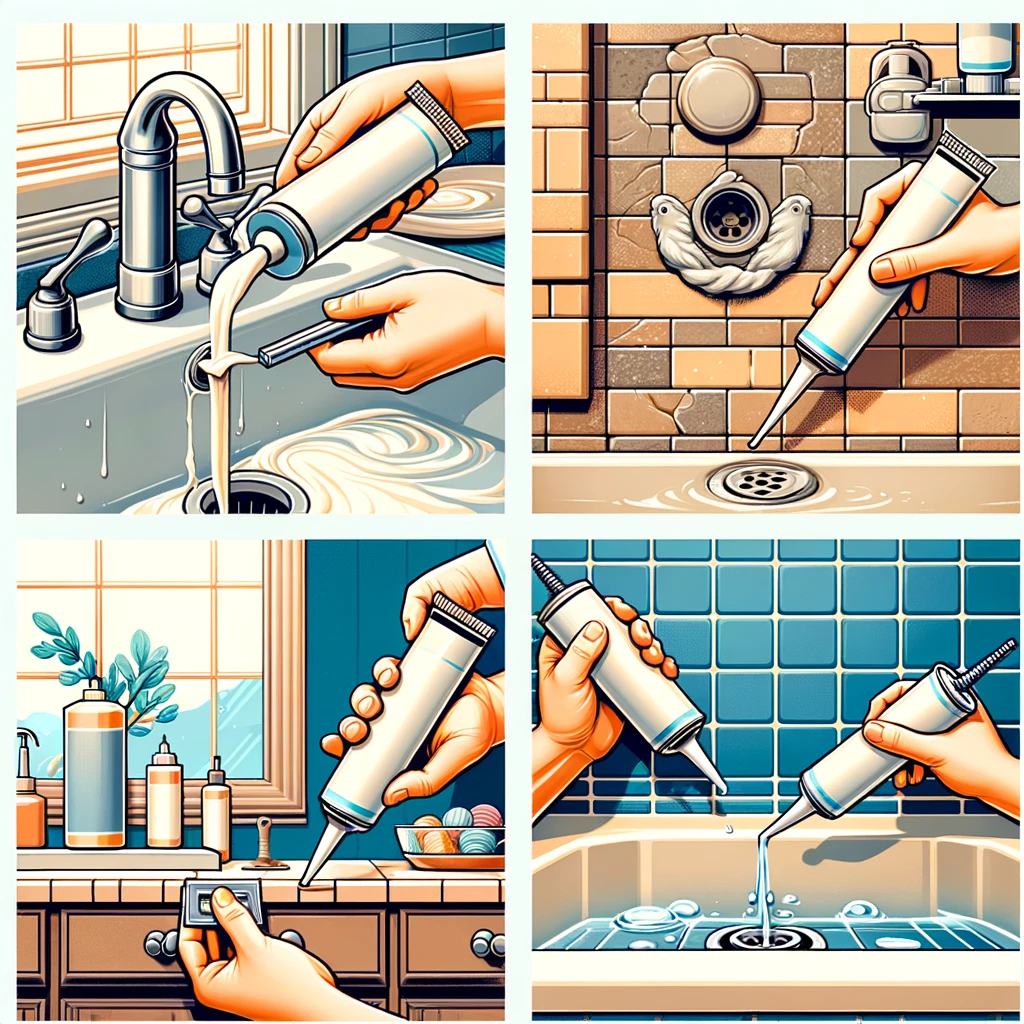The Essential Guide to Caulking in Your New Home
Moving into a new home comes with its own set of tasks, one of which is ensuring that every nook and cranny is properly sealed. Caulking is a simple yet crucial part of home maintenance that protects against water damage, pests, and helps in maintaining the home’s overall integrity. This comprehensive guide will help you identify which areas in your home need caulking and how to effectively do it.
Understanding Caulking
Caulking is the process of sealing joints and seams in various structures. It involves the application of a flexible sealing material, commonly silicone or latex, to prevent water and air infiltration. Proper caulking is essential for both aesthetic and functional reasons.
Areas to Caulk in a New Home
- Sink Faucets and Countertop: Check if there is a seal between the sink faucets and the countertop. If not, applying caulk can prevent water from seeping underneath, which could lead to mold and mildew.
- Sink Drains: Rather than caulking, plumber’s putty is often recommended for sink drains for a watertight seal.
- Bathtub and Shower Drains: These areas are crucial for caulking to prevent water leakage, which can cause significant damage over time.
- Kitchen Countertop and Tile Backsplash: Caulking the seam where your countertop meets the backsplash prevents water and debris from getting stuck, making it easier to clean and maintain.
- Ceiling Above Shower: If the ceiling above the shower is tiled, caulking the gap between the tile and ceiling is advisable to prevent moisture from creeping in. For non-tiled ceilings, caulking is generally not necessary unless there’s a visible gap.
Benefits of Proper Caulking
- Moisture Control: Prevents water damage and mold growth.
- Pest Deterrent: Seals gaps that might be entry points for pests.
- Energy Efficiency: Reduces air leaks, saving on heating and cooling costs.
- Aesthetic Appeal: Provides a finished look to tiled areas and fixtures.
Choosing the Right Caulk
- Silicone Caulk: Ideal for wet areas like bathrooms and kitchens due to its water-resistant properties.
- Latex Caulk: Best for dry areas and is easier to apply and clean.
Caulking Tips and Techniques
- Surface Preparation: Ensure that the surface is clean and dry before caulking.
- Application: Cut the tip of the caulk tube at a 45-degree angle for smoother application.
- Smoothing Caulk: Use a wet finger or caulk tool to smooth the bead for a clean finish.
- Curing Time: Allow adequate time for the caulk to dry before exposing the area to water.
Maintaining Caulked Areas
Regular inspection and maintenance of caulked areas are essential. Over time, caulk can shrink, crack, or peel, necessitating reapplication.
Conclusion
In your new home, proper caulking is key to maintaining its integrity and appearance. By identifying the critical areas that need caulking and applying the right techniques, you can protect your home from moisture, pests, and ensure its longevity. Remember, a little effort in caulking can save a lot of hassle and expense in the long run.
Brought to you by RenovationServices.com





